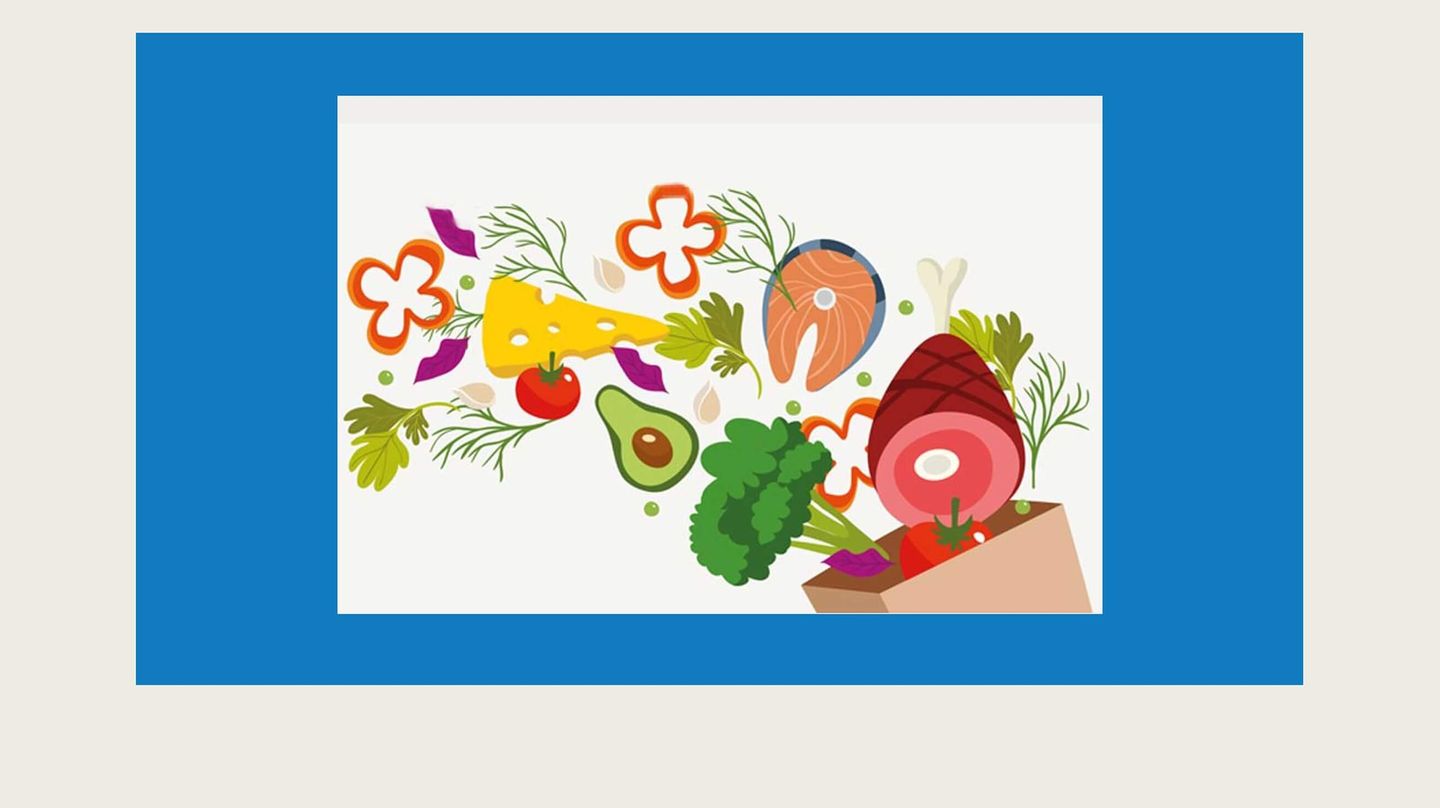
It’s worth checking if we’ve put on any kilos and seeing if we need to set up any suitably restorative meal plans, using a bit of imagination plus the three basic building blocks to stock up the kitchen cupboards and fridge.
• Food with few carbohydrates: Green vegetables and orchard fruits.
• Moderate carbohydrate foods: Fresh fruits, from autumnal grapes to moorish fruits of the forests (blueberries, gooseberries, sloeberries, raspberries, blackberries…), pulses, potatoes.
• High carbohydrate foods: Bread, rice, pasta, biscuits, honey.
• High carbohydrate and fatty foods: Cakes, pastries, chocolate, biscuits with sugar and fat.
• High protein foods: Chicken, turkey, cod, white fish, soft cheese.
• High protein foods with low fat: Eggs, milk.
• High protein foods with moderate fat: Red meat, semi-cured cheese, ham.
• High protein foods with a lot of fat: Cured sausage, cured cheese.
• High protein foods with omega 3 oil: Oily fish.
• High protein foods with carbohydrates: Pulses.
• High protein foods with vegetable oils and carbohydrates: Nuts (the ‘autumn proteins’).
• Oils, pâtés, butter, spreads, mayonnaise, not forgetting cured meats and cured cheese.
Of these three blocks, controlling carbohydrates and fats is fundamental for weight control.
A good breakfast: Take your time with a fresh jug of water on hand. Different types of yogurt with sliced fruit or cereal and milk and a glass of freshly made fruit juice; or wholemeal bread with olive oil and white coffee; boiled or scrambled eggs or smoked salmon and rye bread.
Light snacks: Lunches and suppers with plenty of seasonal fruit and vegetables, especially in the evening, including potatoes or pulses; or pasta, rice and moderate amounts of bread, depending on how much weight’s been put on over the summer.
Two dishes with animal protein (at least): Eggs, fish, meat or a decent portion of nuts for vegetarians. In addition, it’s worth including some fruits of the forest, very good for you and not eaten so much in this country.